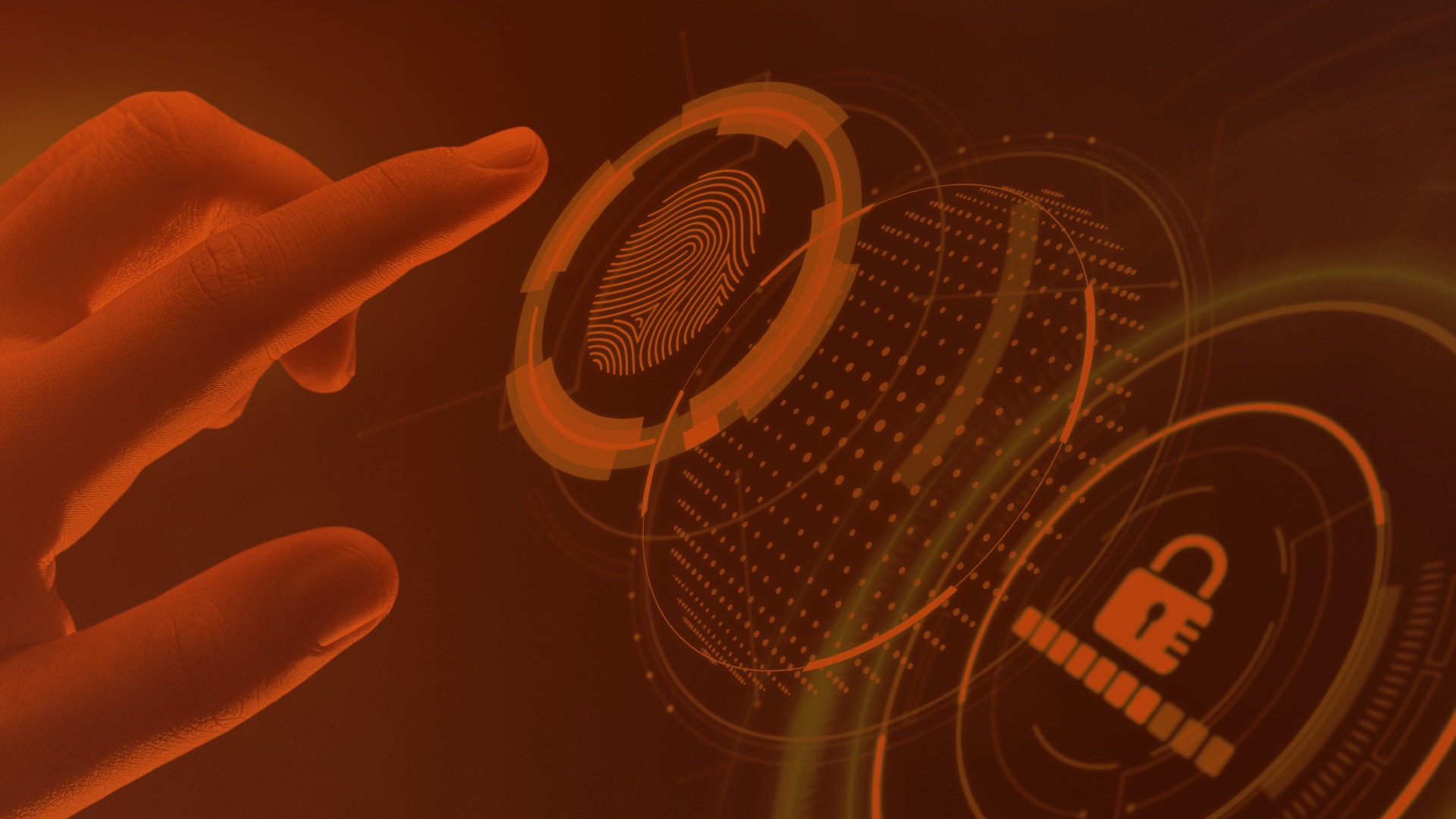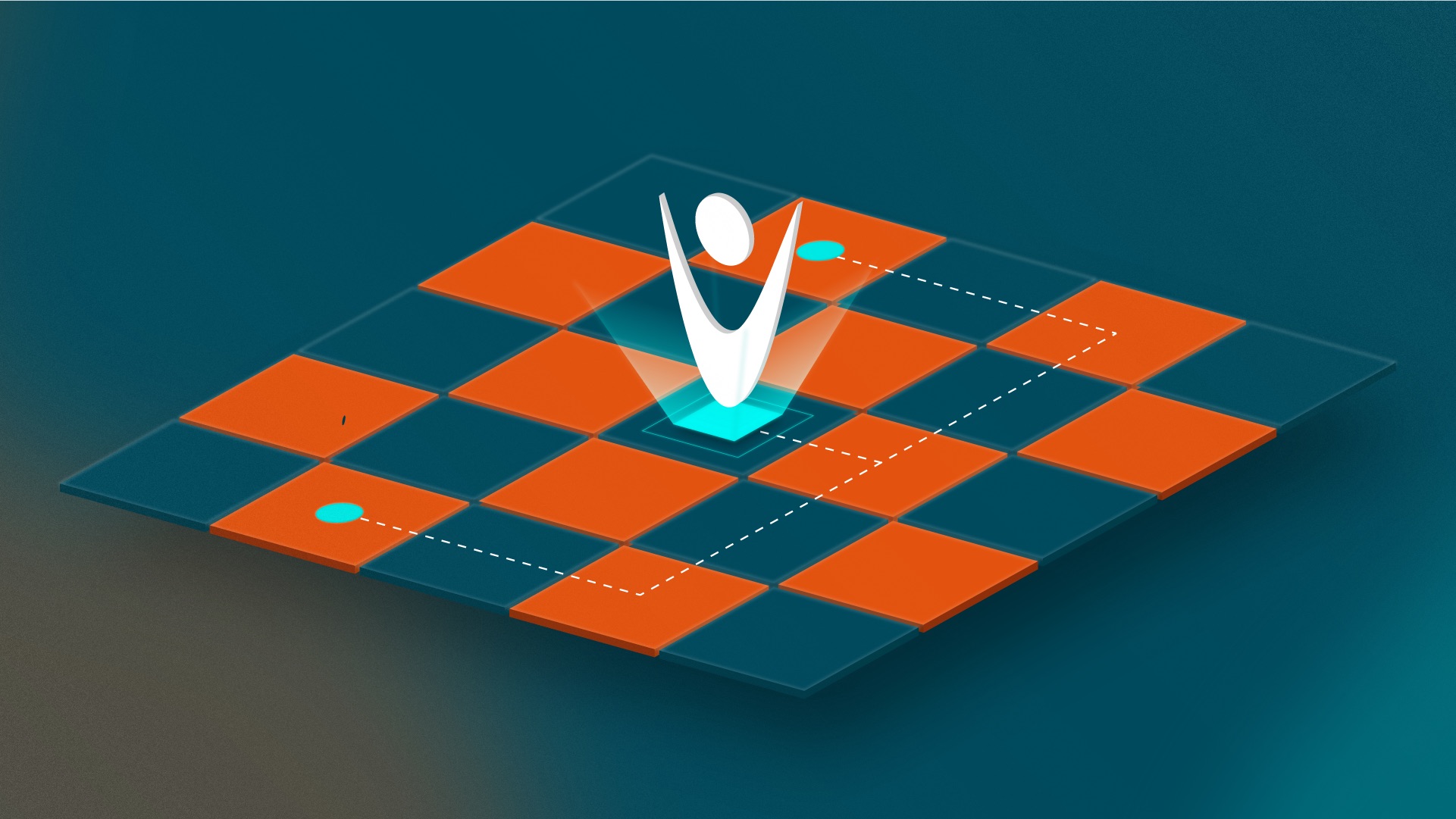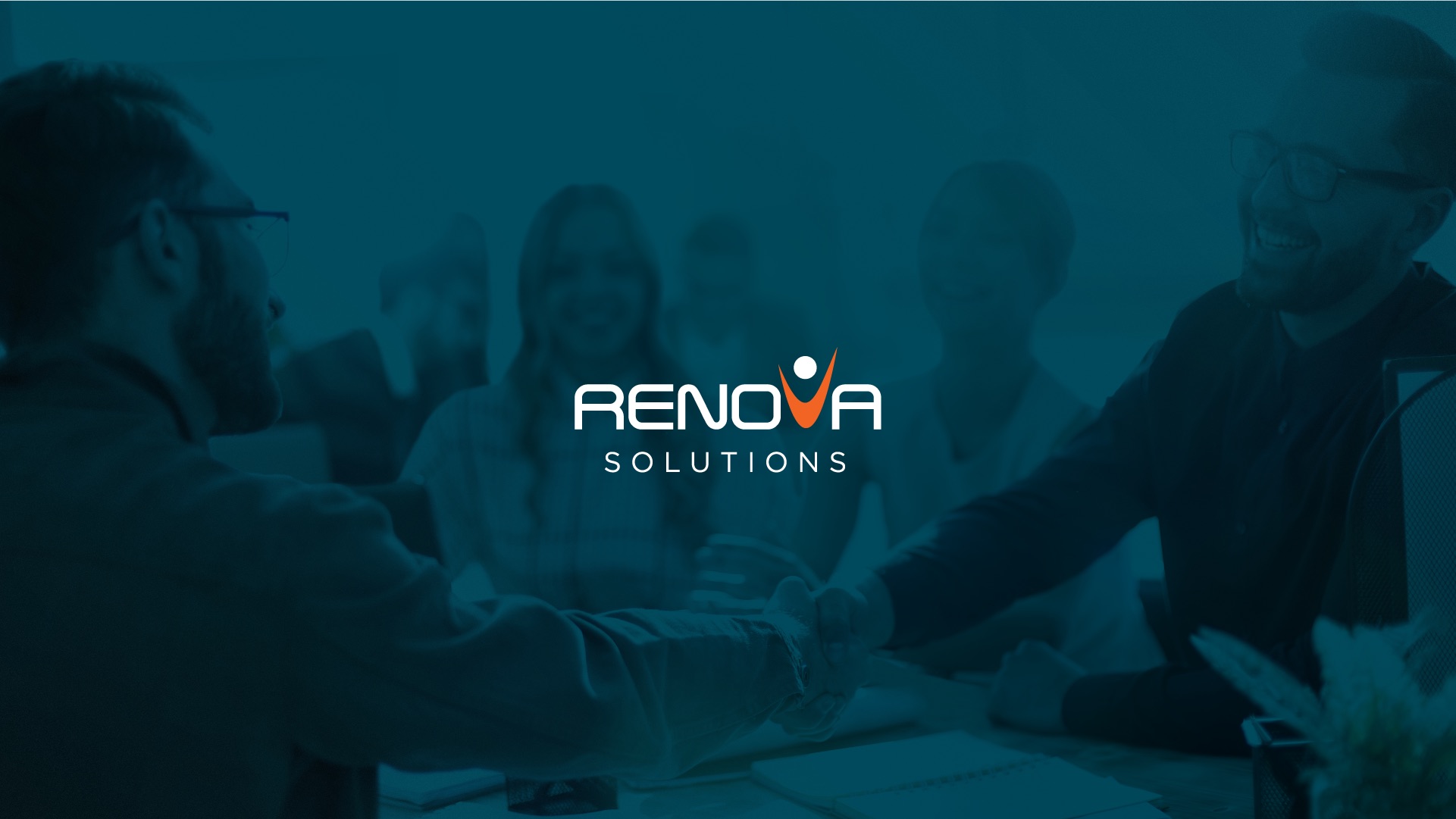How do biometric clocks work for time and attendance management?

Biometric solutions for employee attendance management, like fingerprint watches, are booming for many reasons. These timekeeping devices help manage/control employee access, eliminate fraudulent attendance registration, improve security, and make check-in and check-out faster and more efficient than any other attendance control system.
Biometric clocks are helpful tools for accurately tracking and managing the clock-ins and clocks of hourly workers. They use fingerprint sensors or other bio-characteristic analytics to authenticate the data. Biometric clock systems work by measuring some unique aspect of an employee (such as their iris pattern or facial recognition) and using those measurements to confirm the employee's identity. Likewise, biometric fingerprint identification provides additional security to traditional verification methods, such as using a PIN or employee identification badge.
With the push of a finger, an employee can confirm their identity, check-in for work, and open the door. Your company can set up biometric clocks to allow only certain employees to enter certain areas. This solution is ideal for businesses that value efficiency and ensure their employees are in the right place at the right time.
It's easy for employees to abuse traditional watches, either intentionally or by mistake. Biometric clocks prevent "buddy punch" (when an employee uses another employee's PIN or ID card to check in when they're not working) by requiring any employee to be physically authenticated by the time clock system.
Biometric technology can keep customers out of designated spaces, track employee movement, and prevent break-ins and theft. While a lock key, passcode, or security card can be stolen or misused, biometric watches cannot. Using biometric devices records information so you'll always know who uses any device.
Biometric time and attendance systems significantly improve employee efficiency compared to traditional punch clocks. These systems are easy to set up and use for your employees and managers, saving your business time and money. Biometric clocks work best when integrated into a time and attendance solution to minimize employee errors and increase individual efficiency. Since biometric systems are reliable and easy to use, your employees will save time clocking in and out and will be able to focus more on their work.


